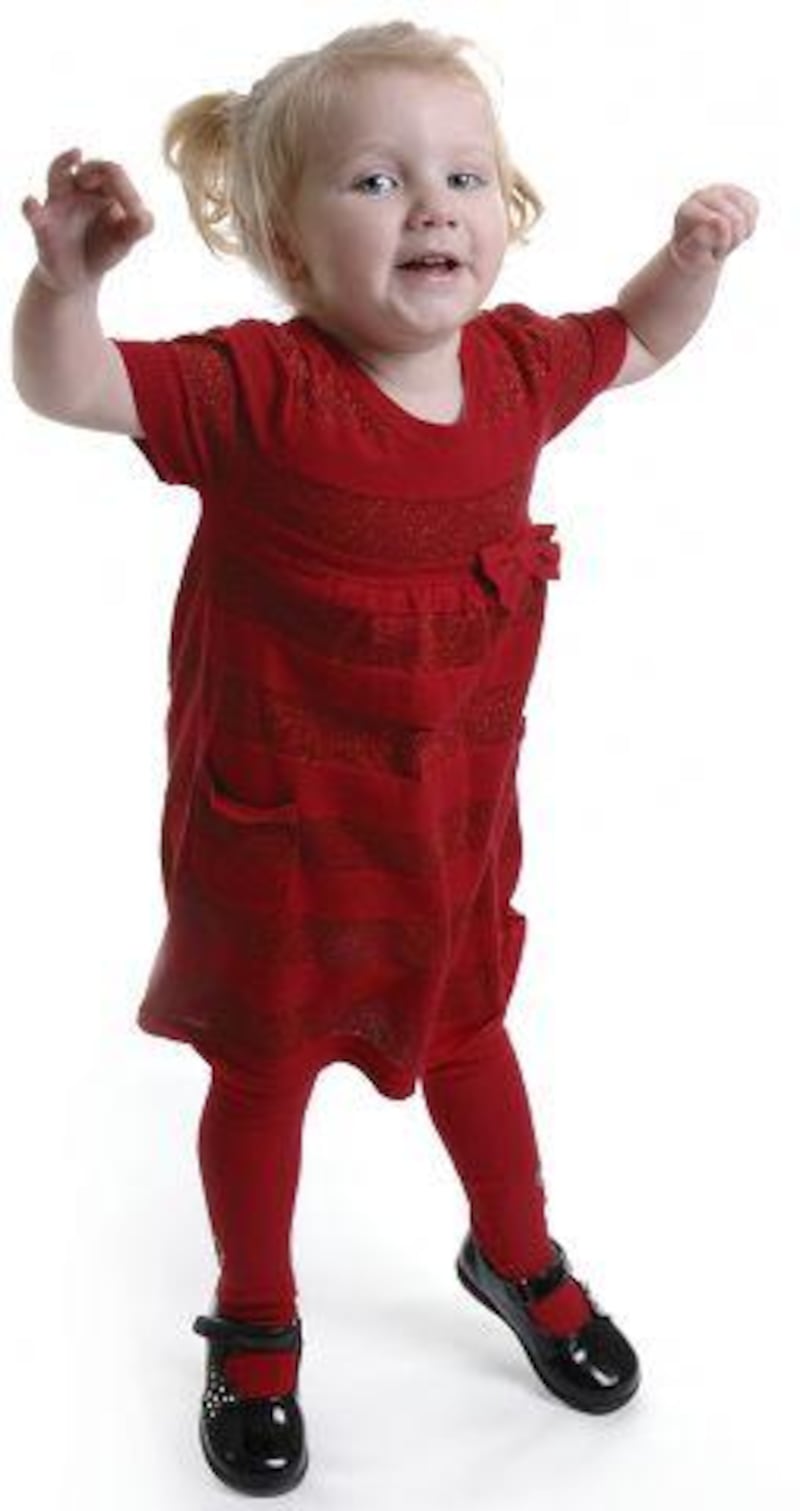Until Astrid started spontaneously moving her body in time to a song on the radio a few days ago, I had no idea dancing babies were such a popular global phenomenon. It turns out she is merely a player in a worldwide troupe of jiving infants. Take, for instance, the YouTube hit Baby Dancing to Beyoncé - ORIGINAL!. With 7,393,309 views (and counting), this video of a baby bouncing around in front of MTV is an internet sensation. Not just viral, it is positively pestilent. And it is just one of the videos that form the popular and ever-evolving top 10 list of dancing babies.
No doubt there is something funny and endearing about watching babies dance. The body movement is like the first stages of yogic flight. It is all hips. It is jerky and staccato. Yet it also has primitive grace. It is unhampered by adult self-consciousness. It bubbles with ecstatic joy. Like many of the finest childhood surprises (for parent or child), the first time it happens it takes a few moments to sink in. One morning Astrid was pottering about. Some music was playing and she started moving her body.
It looked odd, like she might be having some kind of attack or convulsion. But as she continued it became clearer. It was rhythmical and repeated. Undoubtedly it could be described as dancing of some kind. Since then, she hasn't looked back. She cavorts around on the bed to the vaguest murmur of song. She bounces around on the tiled floor to the chirping sound from the final page of Eric Carle's book The Very Quiet Cricket. She has become an understudy for one of those dancing CGI babies from the Evian advertisements, which were part of the company's campaign last summer.
(In case you haven't seen it, Live Young, which features babies breakdancing and roller-skating, is available on YouTube.) This early adoption of dancing is a good thing. Ballroom, jig, waltz, salsa, tango, hip-hop, ballet - dancing can be a powerful impulse, a primal ritual and a refined art. It is the most democratic form of expression. It can emerge from joyous feelings or can imbue them. We need more dancing in the world. We need to be participants, not just spectators.
In my limited experience, Abu Dhabi is not a very dance-orientated place. Metropolises are usually sites of abundant seething and writhing. With the exception of big events such as Womad or Creamfields, opportunities to dance are limited. It is a surprising lack, given the diversity of people from around the world. Now and again it bubbles to the surface, such as when groups of taxi drivers whirled around to Qawwali performed by Rizwan and Muazzam Mujahid Ali Khan at Womad last year, but in general, dancing either does not happen very often in this city or I cannot find it.
Lank-limbed and gangly, I do not have natural grace or ability, but I do believe in the power and pleasure of dancing. Now that Astrid has shown the first glimmers of rhythm, I am looking forward to flailing my arms and legs at every opportunity. Fifty Dangerous Things (You Should Let Your Children Do) sounds like a lawsuit cookbook, a lawyer's dream of recipes for litigation. But actually, it is a manifesto against the contemporary mode of overprotective parenting, which seems to be in the ascendant.
With instructions for your children on how to superglue their fingers together, how to melt glass, how to play with fire and how to dive in a skip, the book rails against the coddling and cosseting of children in favour of letting them do it themselves. The book originated in a video on www.ted.com, a website that broadcasts lectures on "ideas worth spreading". Gever Tulley, the speaker, gave a talk on five dangerous things for kids, and it proved so popular that he decided to expand it into a book.
As someone who at a young age gargled with caustic soda and crashed my father's car (it was a Volvo and I wore my seat belt), I am not convinced of the precise benefits of near-death experiences during childhood, but I like the idea. It lets kids be kids. Still, parental protectiveness is hard to stifle in practice. As I watch Astrid balance precariously on a plastic box, having clambered up on to it to reach a plastic bag, it only makes me pause for a second before I move to stop her from perhaps tumbling to the ground with it over her head.
* Robert Carroll










